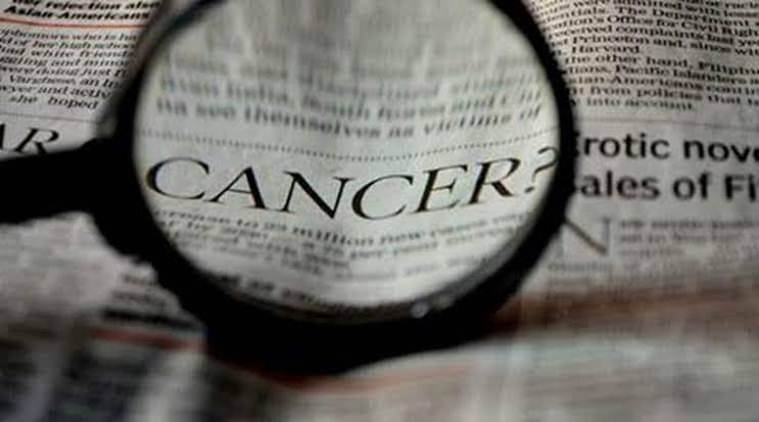The study combined open-source data from the United Nations, the WHO and data from the Million Death Study for preparation of National Burden Estimates (NBE).

The states in the Northeast, Uttar Pradesh, Rajasthan, West Bengal, Haryana, Assam, Gujarat, Kerala, Karnataka and Madhya Pradesh account for 44 per cent of India’s cancer burden, an analysis of the disease burden data has found.
The analysis, published in The Lancet Global Health, looked at about 9.7 million deaths in India in 2017 and investigated reasons for 486 million disability-adjusted life years (DALYs) in the country. DALYs are an international unit of death and disability in terms of the number of life years lost of an average person to death and disability.
“Among NCDs (non-communicable diseases), cancer YLLs (years of life lost) were particularly high in northeastern states, Uttar Pradesh, Rajasthan, West Bengal, Haryana, Assam, Gujarat and Madhya Pradesh, and in the southern states of Kerala and Karnataka. But YLLs from specific causes of cancer varied even within those states with high cancer burden; these high-burden states accounted for 44% of national YLLs from cancer,” the analysis noted.
Prof Prabhat Jha of the Centre for Global Health Research, St Michael’s Hospital, University of Toronto; and Dr Geetha Menon of the Indian Council of Medical Research are among authors of the article.
According to the study, top 15 conditions that caused death and disability in the country that year were ischaemic heart disease (9.6% of all DALYs), perinatal conditions (8.5%), chronic respiratory diseases (5.7%), diarrhoea (4.7%), respiratory infections (4.5%), cancer (4%), stroke (3.6%), road traffic injuries (3.3%), tuberculosis (3.1%), and liver and alcohol-related conditions (3%).
The study combined open-source data from the United Nations, the WHO and data from the Million Death Study for preparation of National Burden Estimates (NBE). “NBE is a simple way to enable every country to determine their local burden of disease, what’s killing people and what’s disabling them,” said Dr Menon, a senior scientist at ICMR-National Institute of Medical Statistics.
Source: Read Full Article
